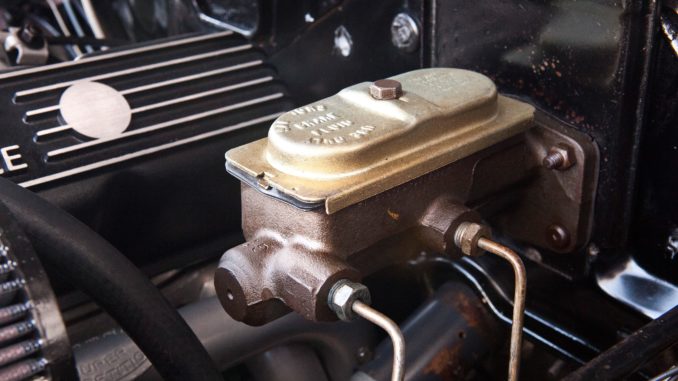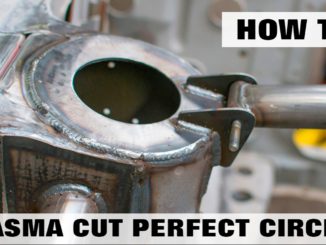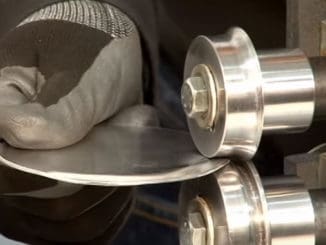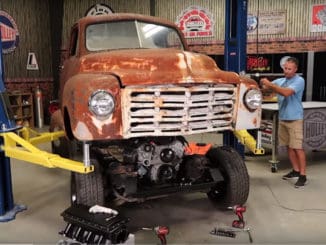
Note that this test of the master cylinder requires a complete re-bleeding of the system since the brake lines are removed from the master to perform this test. This is why we include this test during the bench bleeding process. However, just because you have performed the test during bench bleeding does not mean that that air has not entered the master cylinder since then.
Should air enter the master cylinder at any time after bench bleeding, the master cylinder MUST be removed from the vehicle and bench bled again. A number of things can cause air to enter the master cylinder:
- If the fluid levels drop too low during the bleeding process.
- If the master cylinder was left sitting for too long after the bench bleeding before having the lines installed.
- Mishandling of the master cylinder such as if it were dropped or jarred excessively.

- Remove the brake lines from the master cylinder ports.
- Block off the master cylinder brake line ports using the correct size inverted flare plugs or bolts with the appropriate thread size for the ports on your master cylinder.
Dual port master cylinders that have ports on both sides need to have all four ports plugged. The protruding cone of the inverted flare seat in the master cylinder port is made of a soft material that can easily be deformed if over tightened. If using bolts, be sure to just snug the bolts so as not to damage the cone seal surface.
This cone mates with the inverted flare (expanded mouth opening) of the brake lines. If you have the ability, you can also drill a point into the end of the bolt to help prevent this from occurring.
Most GM master cylinders use 9/16-18 threads for the front ports and 1/2-20 threads for the rear ports.
Most Ford master cylinders use 3/8-24 threads for the front ports and 7/16-24 threads for the rear ports.
- Apply constant pressure to the pedal, the pedal should be firm, hard and should not drop over time.
- If the pedal is squishy there may be air in the master cylinder. Bench bleed the master according to the instructions above and test again.
- If the pedal is firm and then drops over time under constant pressure, the master cylinder should be replaced.




